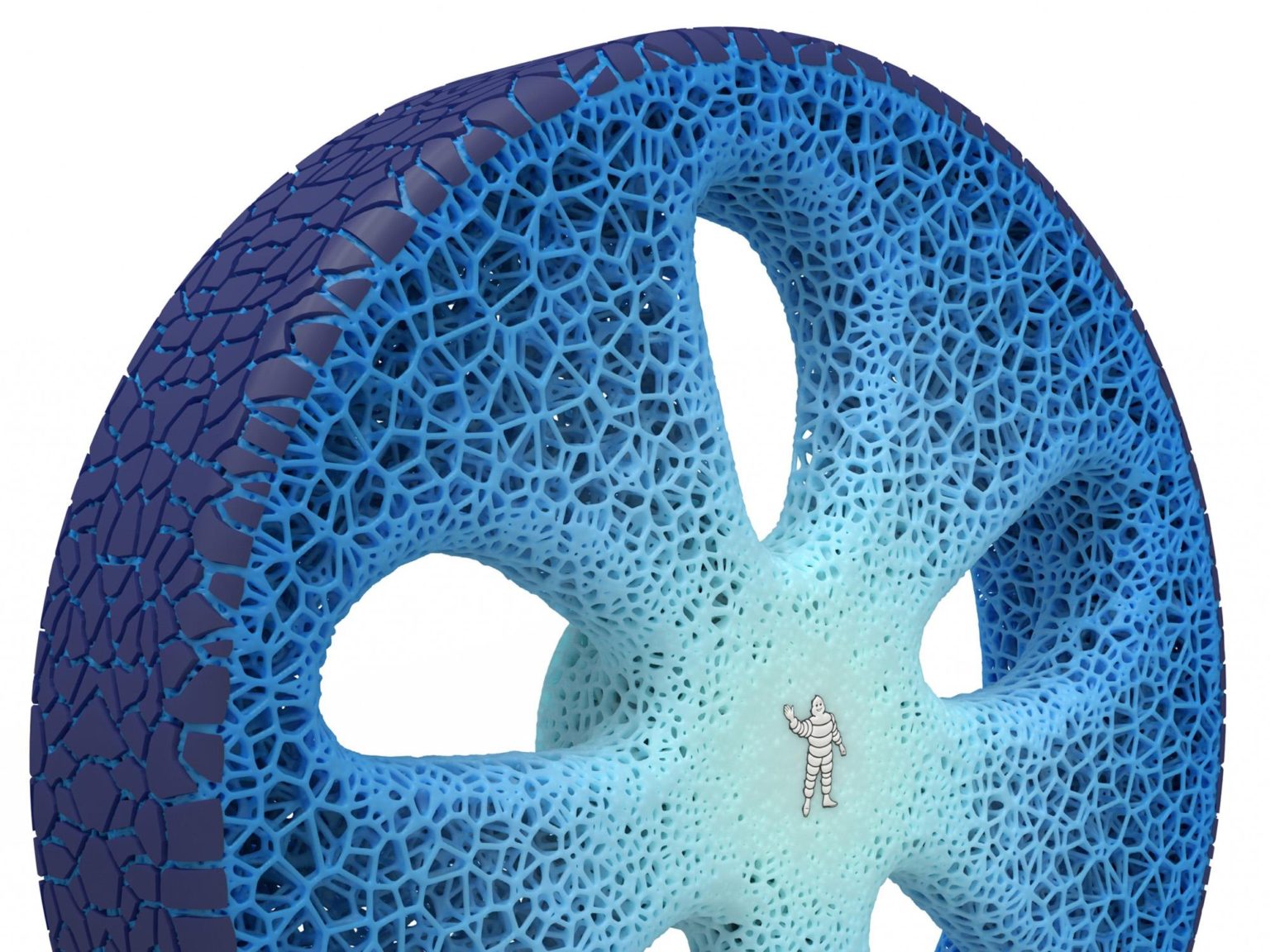Sustainability is in focus for most of the world’s automakers. Making cars, trucks, SUVs, and vans that pollute the Earth less than their predecessors is their focus alongside emerging safety and driver assistance technology. Others in the auto industry supply chain are also looking to become more sustainable, including Michelin.
The tire company has announced that by 2050, Michelin tires will be made entirely from renewable, recycled, bio sourced, and otherwise sustainable materials. Today, nearly 30 percent of the materials used in manufacturing Michelin Group tires is are sustainable.
A study released last year, Emissions Analytics, an independent global testing and data company that studies real-world emissions and fuel efficiency for passenger and commercial vehicles, found that pollution from tire wear can be 1,000 times worse than what comes out of a vehicle’s exhaust pipe. Unlike exhaust pollution, tire and brake pollution is mostly unregulated.
A recipe not as easy as it looks!
www.youtube.com
In 2017, Michelin introduced the VISION tire, a concept that is airless, connected, rechargeable, and entirely sustainable. Since then, the company has invested in recycling efforts, buying up rubber pellet recyclers in the State of Georgia and in Spain.
The current lineup of Michelin tires consists of products that contain more than 200 ingredients each. The main part of the equation is natural rubber, which is harvested from rubber trees via a process that requires tapping a tree much in the same way that maple syrup comes from maple trees. Rubber trees traditionally need to be at least six years old before they are harvested.
Other materials in Michelin tires include synthetic rubber, metal, fibers, and components that are designed to strengthen the tire’s structure like carbon black, silica, and plasticizers.
In a statement, a spokesperson fro Michelin said, “Michelin’s maturity in materials technology stems from the strength of its R&D capabilities, which are supported by 6,000 people working in seven research and development centers around the world and mastering 350 areas of expertise. The commitment of these engineers, researchers, chemists and developers has led to the filing of 10,000 patents covering tyre design and manufacturing. They work hard every day to find the recipes that will improve tyre safety, durability, ride and other performance features, while helping to make them 100-percent sustainable by 2050.”
Michelin has partnered with a number of companies to create materials of the future. Axens and IFP Energies Nouvelles, the two companies that are spearheading the BioButterfly project, have been working with Michelin since 2019 on producing bio-sourced butadiene to replace petroleum-based butadiene. Using the biomass from wood, rice husks, leaves, corn stalk, and other plant waste, 4.2 million tons of wood chips could be incorporated into Michelin tires every year with the materials replacement.
A partnership between Michelin and Pyroware can produce recycled styrene from plastics found in packaging. Styrene is used to produce synthetic rubber. Eventually, tens of thousands of tonnes of polystyrene waste could be recycled back into its original products as well as into Michelin tires every year.
Additionally, Michelin will launch the construction of its first tire recycling plant in the world with Encivo, a Swedish company that has developed a patented technology to recover carbon black, pyrolysis oil, steel, gas and other new, high-quality reusable materials from end-of-life tires.








